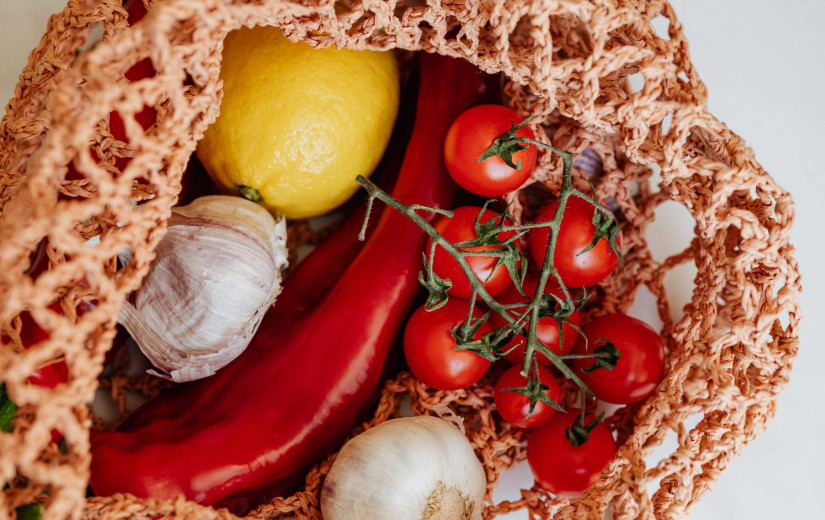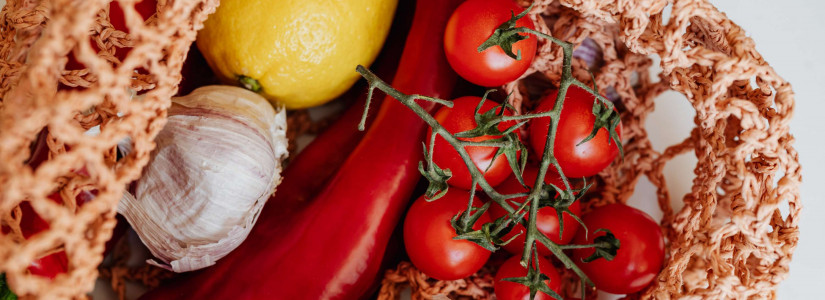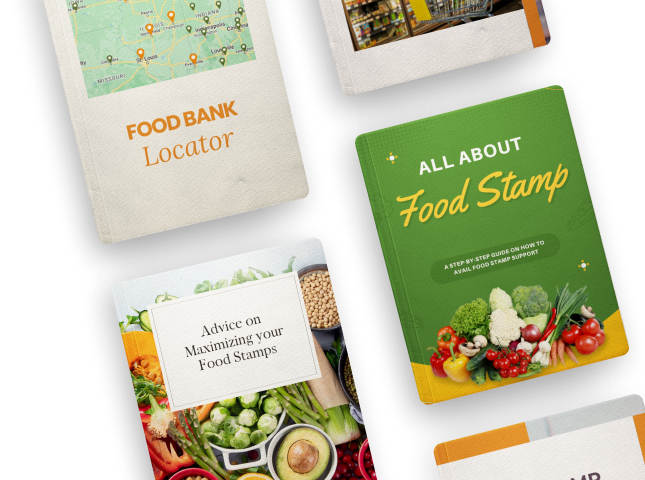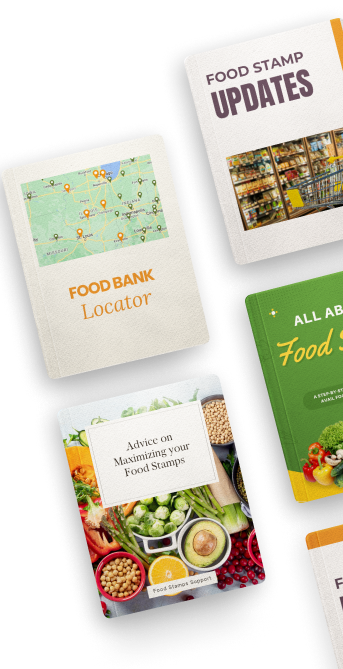Want to Increase Your Calcium Intake Without Eating Dairy? Try These Foods
As the most abundant mineral in the body, calcium plays an instrumental role in blood clotting, bone strength, and muscle function. Because calcium is not produced by the body, you need to obtain it through food or supplements. While most people get the bulk of their calcium through dairy products, you can also find this nutrient in a host of additional products. This is good news for people who may not be able to eat a large amount of dairy.
Here are a few of the best non-dairy food sources that are rich in calcium for you to add to your diet.
Seafood
You are in luck if you want to increase your calcium intake and you happen to be a seafood lover. Shrimp boasts 77 milligrams of calcium in just three ounces. You will also enjoy a good dose of protein with this amount of shrimp. Canned seafoods offer the highest amount of calcium. For example, one 3-ounce serving of canned salmon with bones offers 180 milligrams of calcium. Or go with a 3.75-ounce of sardines and its whopping 351 milligrams of calcium, equal to more than one glass of milk.
Leafy Greens
While most people know that leafy greens are full of a host of vitamins and minerals, they may not realize that these vegetables also feature an excellent amount of calcium. You have options when it comes to leaning on leafy greens to fulfill your calcium requirement. Just 1/2 cup of cooked kale delivers 47 milligrams of calcium. Choose okra and you will take in about 100 milligrams in a 1-cup serving. Cooked collard greens come in at about 125 milligrams in a 1/2-cup serving.
Beans
Beans are more than just a fiber powerhouse. These plant-based protein sources are also full of calcium. Cooked pinto beans will provide about 40 milligrams of calcium in a 1/2-cup serving. The same amount of red beans offer 25 milligrams. To really boost your calcium intake, try cooked white beans with 81 milligrams per 1/2-cup serving or cooked soybeans with 261 milligrams in one cup. With so many options, it will be easy to find a type of bean that suits your tastes and dietary needs.
Tofu
Vegetarians have been singing the praises of tofu for good reason. Because it is derived from soybeans, it comes as no surprise that tofu is rich in calcium. For even more calcium, choose a tofu brand that includes the addition of calcium sulfate. Just 1/2 cup of raw tofu that includes calcium sulfate comes in with a massive 430 milligrams of calcium.
Sesame Seeds
They may be tiny but sesame seeds boast an incredible amount of calcium. A small 1/4-cup serving of sesame seeds contains approximately 350 milligrams of calcium. Try tossing sesame seeds in your favorite stir fry dishes, on your salads, or on top of roasted vegetables.
Plant-based Milks
You do not have to give up the benefits of calcium just because you switch from a traditional dairy milk to a plant-based alternative. Options such as oat or almond milk are often fortified with calcium. Because the amount of calcium varies between products, you will want to check the label to understand how much you are getting. You can expect to find between 100 to 300 milligrams of calcium per 8-ounce serving in these types of alternative milk products.
Fortified Foods
If none of these foods appeal to you, try looking for calcium in a number of fortified foods. Good choices include cereals or fortified orange juice. Some types of fortified cereal may offer up to 1,000 milligrams of calcium, providing you with a significant bang for your buck. Likewise, one cup of fortified orange juice may include up to 500 milligrams of calcium. This makes it easy to get a great start on your calcium intake for the day with your choice of breakfast foods.
These options make it easy to get in the recommended amount of calcium each day based on your age, gender, and health needs. As long as you are purposeful about eating foods that contain calcium naturally or as a fortification, you should meet this nutritional goal with ease.

















